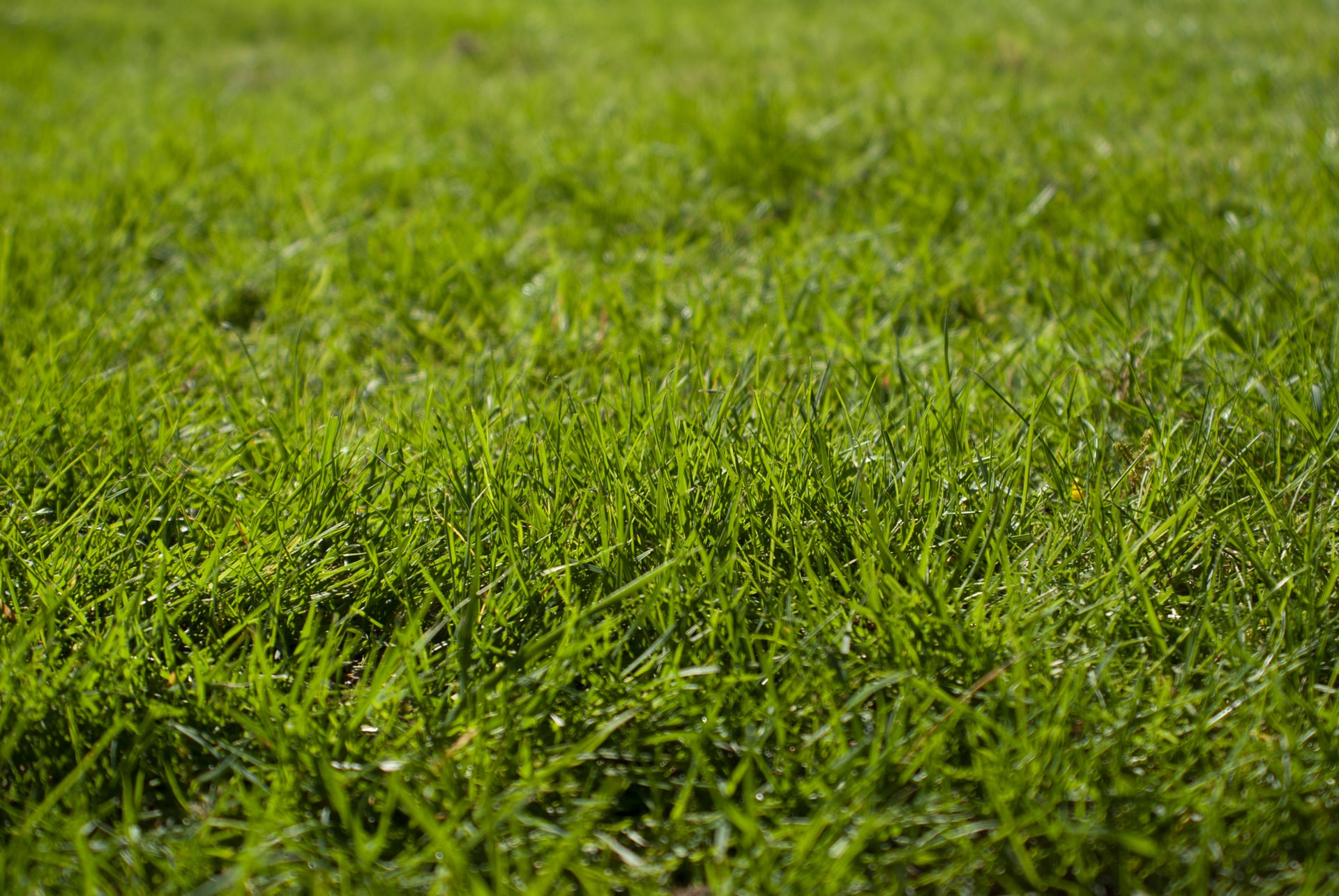Ecology Practical 1 – Measuring abundance and random sampling
Resource
This online ecology practical exercise uses random sampling to measure the abundance of various different species on an area of grassland.
The resources are intended to help students develop skills and plant identification techniques before going out into the field, rather than to replace fieldwork.
Objectives
To give students practice at:
- using random sampling to measure the abundance of various different species on an area of grassland.
To give an opportunity to explore two different measures of abundance:
- density: the number of individual plants per quadrat or per unit area
- frequency: the proportion of quadrats each species occurs in
The site chosen
The grassland contains a small number of easily identifiable species. The sampling area is relatively small, making it possible to take a reasonable sample using 25cm x 25 cm quadrats (i.e. at sampling at least 2% of the total area). The small quadrat enables us to provide a close up image of the whole quadrat allowing identification of individual species.
Resources
- ‘Lawn survey – area being sampled’– an aerial view of the piece of grassland being sampled in this exercise. This is 5 m x 5 m. Tapes have been laid along two edges divided into 0.25 m intervals which are the length of one side of the quadrat being used. Follow the link to view this.10 pairs of random intervals are placed alongside this.
- ‘Lawn quadrats’ – 10 quadrats each supplied as a separate image. Each is hot linked to one of the pairs of coordinates given above.
- ‘ID and recording tables’ – Tables supplied for recording results (either as density, or as frequency) together with images and names of each of the species likely to be seen. No attempt has been made to separate the grass species but Perennial rye-grass Lolium perenne is the most common species. Download these from the links on the right.
Suggestions for carrying out the exercise
Introduction
Explore the students’ ideas about how they would go about measuring the abundance of different species in an area of grassland.
What they would measure
How they would sample
Explain the principle of random sampling and how it is done in practice. Relate this to how it is going to be done in this exercise. Explain how the sampling interval is related to the quadrat size.
Practical
1. Allocate each pair or small group of students a pair of random intervals and ask them to find their quadrat. Give them a species identification (density) results table.
Ask them to try and measure density i.e. the number of plants of one or two species e.g. the number of clover plants, the number of daisy plants, in their quadrat. (You may want to put in a bit of time to practise identification).
2. They will soon see that this is difficult. In addition you can show them how many leaves like white clover, are linked by horizontal creeping stems. It is difficult to define what an individual plant is and this measure, density, gives you no indication of the size of the plants.
A better measure is frequency (the number of quadrats which each species occurs in.) This is related both to the number of plants and their size and therefore is ecologically more meaningful.
3. To measure frequency, ask them to record the presence or absence of each species in their quadrat. Using a species identification (frequency) results table. Collate results for the 10 quadrats (using a simple spreadsheet) and calculate the percentage frequency for each species – the number of times present out of 10 x 100.
4. You may wish to discuss the measurement of cover (the area of ground covered by each species). This can be measured using point quadrats or is often estimated visually. Measuring frequency usually gives a more reliable result than visual estimation of cover.
Footnote
Random sampling is a way of eliminating personal choice in the selection of a sample. Every part of your sample area should have an equal chance of being sampled every time you go to take a sample. For this reason the sampling interval should be the same size as the quadrat. For example in this exercise the quadrat is 25 cm x 25 cm and the tapes along the two sides of the plot are therefore divided into 25 cm intervals.
The co-ordinates of pairs of randomly selected intervals determine the quadrat positions.
To create random intervals the simplest way is to write the 0.25 intervals from 0-10 on pieces of paper and draw them out of a hat. Note replace each piece of paper before drawing out the next.
In practice particularly when working under difficult conditions (torrential rain!!) or with younger students one concentrates on eliminating personal choice. In this case the surveyors find their co-ordinates by walking along the tapes the number of paces indicated by the random numbers rather than measuring intervals along the tape.
Note that throwing quadrats is not random sampling and at best eliminates a certain amount of personal choice!
For more information about quadrats and sampling see ‘Questions about quadrats‘.
For practical fieldwork ideas and information look at the Online Resources on the Field Studies Council website – http://www.field-studies-council.org/resources/
What's included?
- SAPS Ecology 1 Abundance and Random Sampling Technical and Teaching Notes
- SAPS Ecology 1 Abundance and Random Sampling ID and recording table 1 Density
- SAPS Ecology 1 Abundance and Random Sampling ID and recording table 2 Frequency
- SAPS Ecology 1 Abundance and Random Sampling ID recording tables density and frequency